
Producer
Insanity is about how we treat people who are dealing with mental illness - it's insane. A personal and intimate story of the family's perspective, told by director Hill-Tout, whose brother had schizophrenia and disappeared 25 years ago.
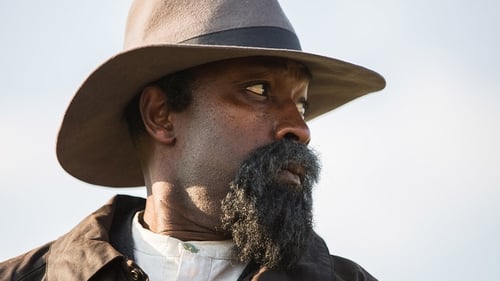
Producer
A cineasta Cheryl Foggo reexamina a história de John Ware, o cowboy negro que se estabeleceu em Alberta, Canadá, antes da virada do século 20.

Producer
On August 9, 2016, a young Cree man named Colten Boushie died from a gunshot to the back of his head after entering Gerald Stanley's rural property with his friends. The jury's subsequent acquittal of Stanley captured international attention, raising questions about racism embedded within Canada's legal system and propelling Colten's family to national and international stages in their pursuit of justice. Sensitively directed by Tasha Hubbard, "nîpawistamâsowin: We Will Stand Up" weaves a profound narrative encompassing the filmmaker's own adoption, the stark history of colonialism on the Prairies, and a vision of a future where Indigenous children can live safely on their homelands.
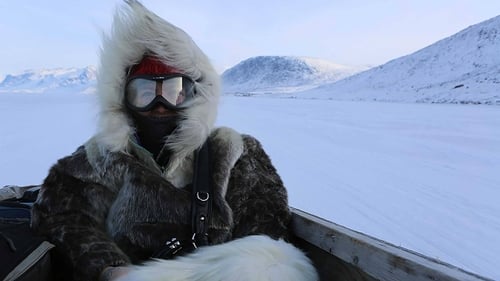
Producer
With "sealfies" and social media, a new tech-savvy generation of Inuit is wading into the world of activism, using humour and reason to confront aggressive animal rights vitriol and defend their traditional hunting practices. Director Alethea Arnaquq-Baril joins her fellow Inuit activists as they challenge outdated perceptions of Inuit and present themselves to the world as a modern people in dire need of a sustainable economy.

Producer
Documentary following the stories of Courtney and Shelly, two former Edmontonian prostitutes.
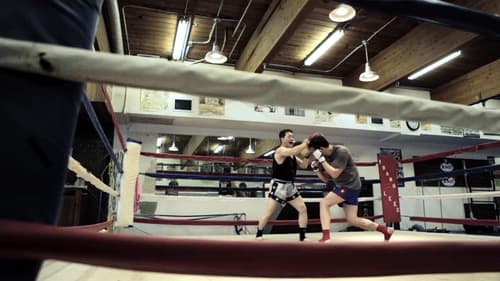
Producer
Legend of a Warrior follows Corey Lee's efforts to reconnect with his father, martial arts legend Frank Lee. For his many students and fans, Frank is martial arts-a high-kicking dynamo whose style of full contact fighting has propelled him into the upper echelons of his profession. Frank is happy to play the role he's cultivated, but his son, filmmaker Corey Lee, wants to look beneath the superhero mask. To do this Corey must enter Frank's world, a world where fighting rules.
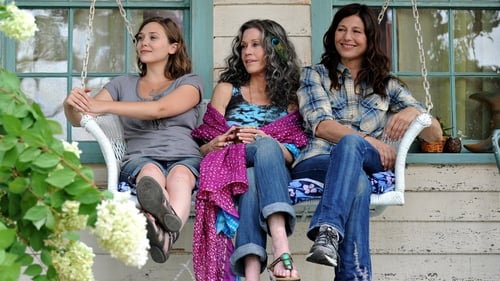
Greensman
A conservative lawyer named Diane takes her two teenage children Jake and Zoe to meet their estranged, hippie grandmother in Woodstock after her husband asks for a divorce.

Producer
Puccini's famous aria from the opera Tosca, Vissi d'arte, vissi d'amore ("I lived for art, I lived for love") provides a fitting summation of playwright John Murrell's life and work. Since the age of 13 Murrell has peopled his life with the creations of his own imaginings. "In opera and in Shakespeare, in locations that were both natural and supernatural, I have escaped the limitations of my own mind," he says. Born in Lubbock, Texas, John Murrell became a playwright in, of all places, an Alberta high school.

Producer
Follow Dallas Arcand, an urban youth, as he heads down the mystical Red Road to re-connect with new and traditional elements of First Nations culture. Dallas is a world champion hoop dancer and hip-hop artist aiming to connect urban Indigenous young people to their rural ancestral histories. He's a 7th generation Cree from Alexander (Kipohtakaw) First Nation.
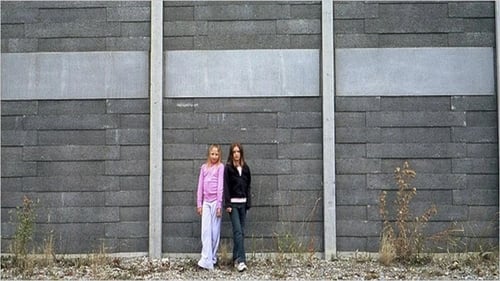
Producer
Since the end of World War II, one of kind of urban residential development has dominate how cities in North America have grown, the suburbs. In these artificial neighborhoods, there is a sense of careless sprawl in an car dominated culture that ineffectually tries to create the more organically grown older communities. Interspersed with the comments of various experts about the nature of suburbia

Producer
In this follow-up to his 2003 film, Totem: the Return of the G'psgolox Pole, filmmaker Gil Cardinal documents the events of the final journey of the G'psgolox Pole as it returns home to Kitamaat and the Haisla people, from where it went missing in 1929.

Producer
This short documentary presents the empowering story of Rodney "Geeyo" Poucette's struggle against prejudice in the Indigenous community as a two-spirited person.

Producer
Anne Marie Nakagawa's documentary examines what it means to have a background of mixed ancestries that cannot be easily categorized. By focusing on 7 Canadians who have one parent from a European background and one of a visible minority, she attempts to get at the root of what it means to be multi-ethnic in a world that wants each person to fit into a single category.

Producer
This documentary chronicles the story of Darrell Night, an Indigenous man who was dumped by two police officers in a barren field on the outskirts of Saskatoon in January 2000, during -20° C temperatures. He survived, but he was stunned to hear that the frozen body of another Indigenous man was discovered in the same area.

Producer
This feature-length documentary traces the journey of the Haisla people to reclaim the G'psgolox totem pole that went missing from their British Columbia village in 1929. The fate of the 19th century traditional mortuary pole remained unknown for over 60 years until it was discovered in a Stockholm museum where it is considered state property by the Swedish government. Director Gil Cardinal combines interviews, striking imagery and rare footage of master carvers to raise questions about ownership and the meaning of Aboriginal objects held in museums.

Producer
How the Fiddle Flows follows Canada's great rivers west along the fur-trading route of the early Europeans. The newcomers introduced the fiddle to the Aboriginal people they intermarried with along the way. A generation later, their mixed-blood offspring would blend European folk tunes with First Nations rhythms to create a rich and distinct musical tradition. From the Gaspé Peninsula, north to Hudson Bay and to the Prairies, How the Fiddle Flows reveals how a distinctive Metis identity and culture were shaped over time. Featuring soaring performances by some of Canada's best known fiddlers and step dancers and narrated by award-winning actress Tantoo Cardinal.

Producer
An American elementary school program from the 1970s, Man: A Course of Study (MACOS), looked to the Inuit of the Canadian Arctic to help students see their own society in a new way. At its core was The Netsilik Film Series, an acclaimed benchmark of visual anthropology from the National Film Board that captured a year in the life of an Inuit family, reconstructing an ancient culture on the cusp of contact with the outside world. But the graphic images of the Netsilik people created a clash of values that tore rifts in communities across the U.S. and revealed a fragile relationship between politics and education. A fiery national debate ensued between academic and conservative forces.
















